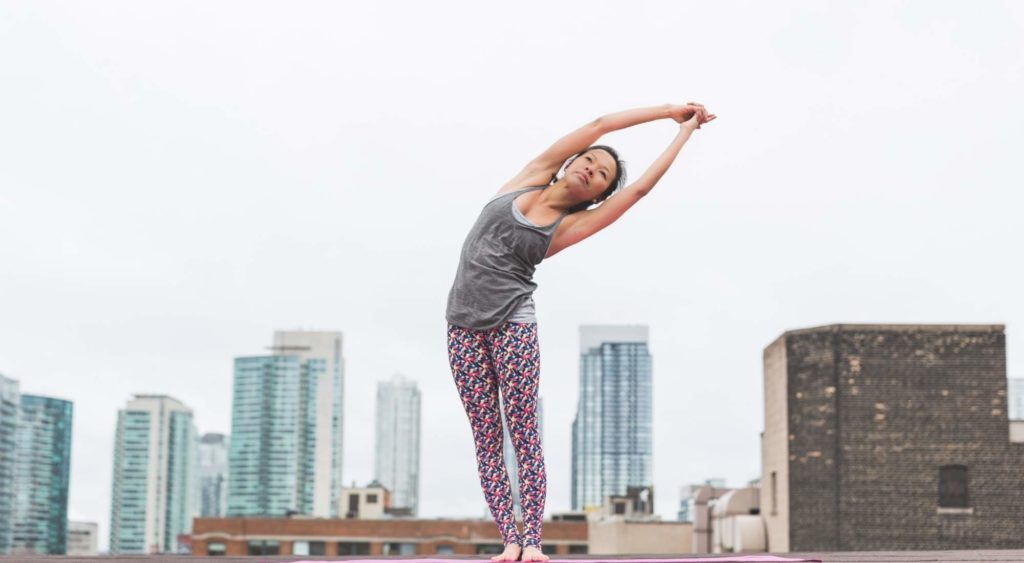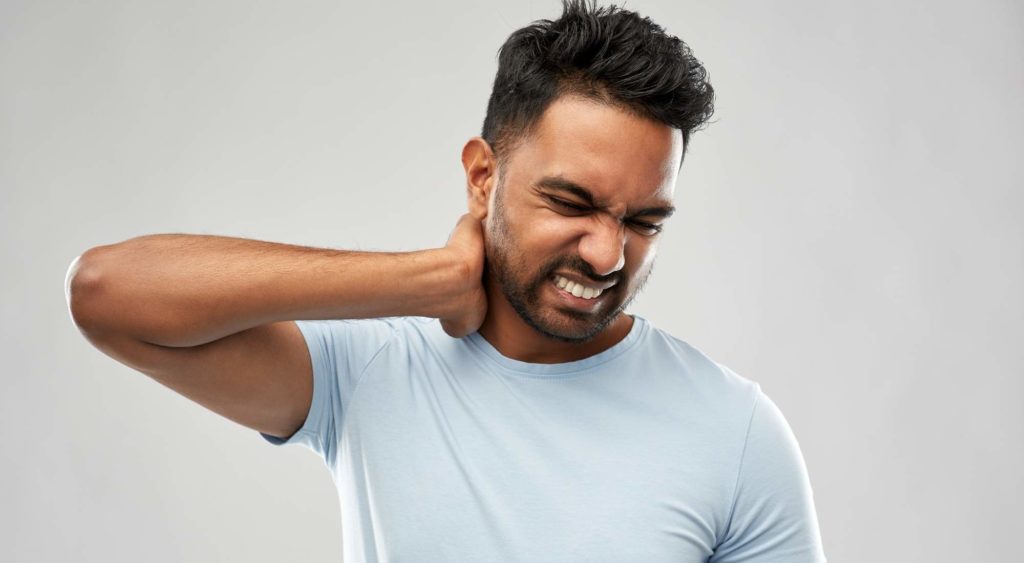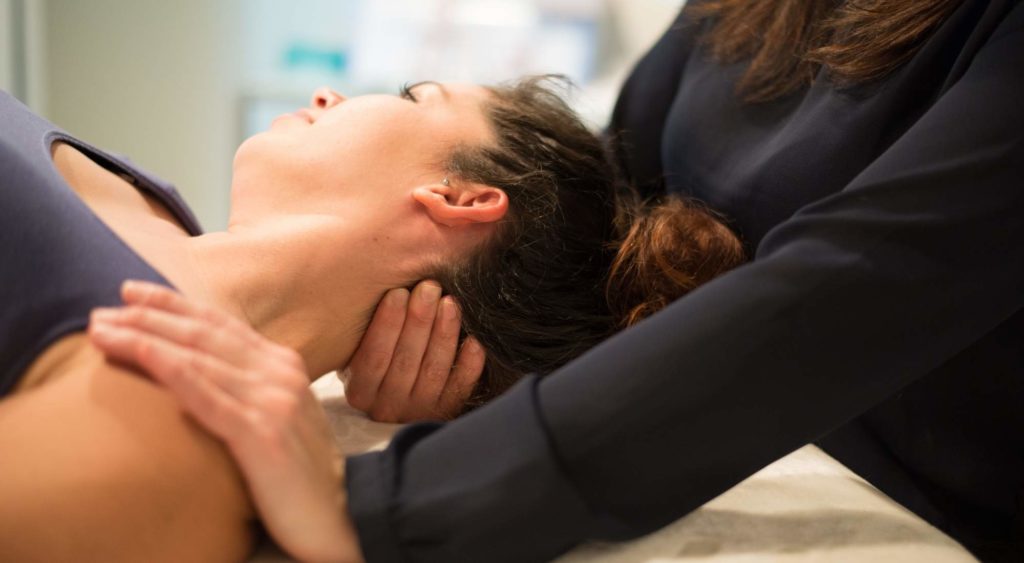
Anterior cervical discectomy and fusion is one of the most common surgical procedures performed in the United States.
Whether you’ve had ACDF surgery — or are considering it — you want to ensure the best possible results, post-surgery.
Physical therapy after neck fusion surgery is a crucial part of the recovery process.
Read on to discover more about why you want to have physical therapy after neck fusion surgery and what it might entail.
Table of Contents
- When Can You Exercise After Cervical Fusion?
- 3 Reasons to Have Physical Therapy After Neck Fusion Surgery
- #1: Improve Range of Motion
- #2: Strengthen Postural Flexibility
- #3: Education
- 6 Post Cervical Fusion Exercises
- Visit In Motion O.C. for Physical Therapy After Neck Fusion Surgery
When Can You Exercise After Cervical Fusion?
Rehab after cervical fusion may include the following 3 phases of exercise:
- Protective exercise phase – 0 to 6 weeks post-op
- Strengthening exercise phase – 6 to 12 weeks post-op
- Return to normal activity, exercise, and sports phase – 12+ weeks post-op

3 Reasons to Have Physical Therapy After Neck Fusion Surgery
Having physical therapy after cervical spine surgery will help you to recover more quickly and prevent re-injury by:
- Improving your range of motion
- Strengthening your postural flexibility
- Providing you with valuable education
#1: Improve Range of Motion
Following neck fusion surgery, you will lose some range of motion in your neck. This lack of movement means the levels above and below the fusion are now at a higher risk of also wearing out — and wearing out faster — because you had surgery.
The physical therapist will work with you to extend your ability to look from side to side, up, and down. This will help maintain the movement of the vertebrae in your neck.
Having physical therapy after cervical spine surgery can help to maintain range of motion and prevent or postpone the need for additional surgeries.
#2: Strengthen Postural Flexibility
Another goal of physical therapy after neck fusion surgery is to work on postural flexibility and strength.
Do you notice how tight the muscles in the back of your neck always feel? The pain you are experiencing is from overuse. Those muscles were not designed to hold your head up.
During physical therapy, the muscles in your chest and in the front and back of your neck must be retrained to provide strength and stability to your head in order to maintain good posture.
Your physical therapist may prescribe exercises that focus on strengthening the:
- Muscles that might have experienced weakness due to nerve problems prior to surgery
- Muscles in and around your surgical incision
- Numerous small muscles that wrap around each of your vertebrae to help provide stability to your spine
#3: Education
Education is another critical component of physical therapy after neck fusion surgery.
Much of the education component will focus on teaching the patient how to be aware of their posture throughout the day in order to get back to a healthy postural state.
It’s important to always keep your shoulders back and relaxed and your head retracted. This will prevent you from having tight chest muscles and straining the muscles in your neck and shoulders.
Your physical therapist will most likely instruct you in how to maintain proper posture when you …
- Sit
- Stand
- Work at a computer
- Read
- Sleep; and
- Drive
… as well as perform any hobbies or recreational activities.

6 Post Cervical Fusion Exercises
Post cervical fusion exercises are a critical component to your full recovery.
Your physical therapist will develop an individualized exercise program based on their assessment of your specific condition. You’ll learn the exercises with your physical therapist, but they will also most likely recommend that you continue practicing them at home.
Here is an example of the types of exercises your physical therapist may recommend for rehab after cervical fusion.
#1: Prone Horizontal Abduction
To do prone horizontal abduction, follow these instructions:
- Lie on your stomach and extend your arms out to each side like you are an airplane.
- Bring your shoulder blades down and back.
- With your palms down, lift your arms up into the air, holding them for 1 to 2 seconds.
- Return to the starting position.
- Once you have mastered this, practice doing the exercise with a light weight in each hand.
The prone horizontal abduction exercise works the middle trapezius muscle and helps prevent rounded shoulder posture.
#2: Shoulder Shrugs
To do shoulder shrugs, follow these instructions:
- Shrug your shoulders up and towards your ears.
- Release them back down.
Shoulder shrugs strengthen your trapezius muscles, helping to stabilize your neck and upper back and reduce the strain on your neck and shoulder muscles.
#3: Press-Ups
To do press-ups, follow these instructions:
- Sit in a chair with both feet positioned flat on the ground.
- Using your arms, press up and out of the chair until your elbows are straight. If you need to, you can assist with your legs.
- Slowly lower yourself down again.
- Try to keep your neck as relaxed as possible throughout this exercise.
Press-ups are another great way to activate your lower trapezius muscle.
#4: Prone Extension
To do prone extensions, follow these instructions:
- Lie on your stomach with your arms out and your palms facing the floor.
- Bring your shoulder blades down and back.
- Lift both arms into the air, and slowly return them to the floor without relaxing your shoulder blades.
- Once you have mastered this move, add a 1 or 2-pound weight for an increased challenge.
Prone extensions:
- Work your lower trapezius muscles
- Help depress your shoulder blades; and
- Improve your posture
#5: Arm and Shoulder Retraction
To do arm and shoulder retractions, follow these instructions:
- Stand or sit with your arms out in front of you and your thumbs pointing up.
- Move your arms out to the side, while at the same time squeezing your shoulder blades together.
- Return to the neutral position.
Arm and shoulder retractions focus on improving the strength of your shoulder blades, thus improving your posture.
#6: Pectoral Doorway Stretch
To do the pectoral doorway stretch, follow these instructions:
- Stand in an open doorway
- Place your forearms and hands on the sides of the doorway at shoulder level.
- Gently lean in until you feel a gentle stretch across your chest and the front of your shoulders.
- Maintain a straight back with your neck and shoulders relaxed.
- Hold for 30 seconds and then return to the neutral position.
The pectoral doorway stretch improves your posture and increases the range of motion in your thoracic spine and shoulders.

Visit In Motion O.C. for Physical Therapy After Neck Fusion Surgery
Whether you are preparing for neck fusion surgery or have already gone through surgery and are looking for physical therapy after neck fusion surgery, In Motion O.C.’s experienced physical therapists are here to help.
Rated as the number one physical therapy clinic in the United States on Yelp!, we’re committed to helping our patients:
- Regain strength and range of motion
- Build confidence; and
- Get back to enjoying their day-to-day activities — pain-free
Give In Motion O.C. a call today to schedule your consultation.



